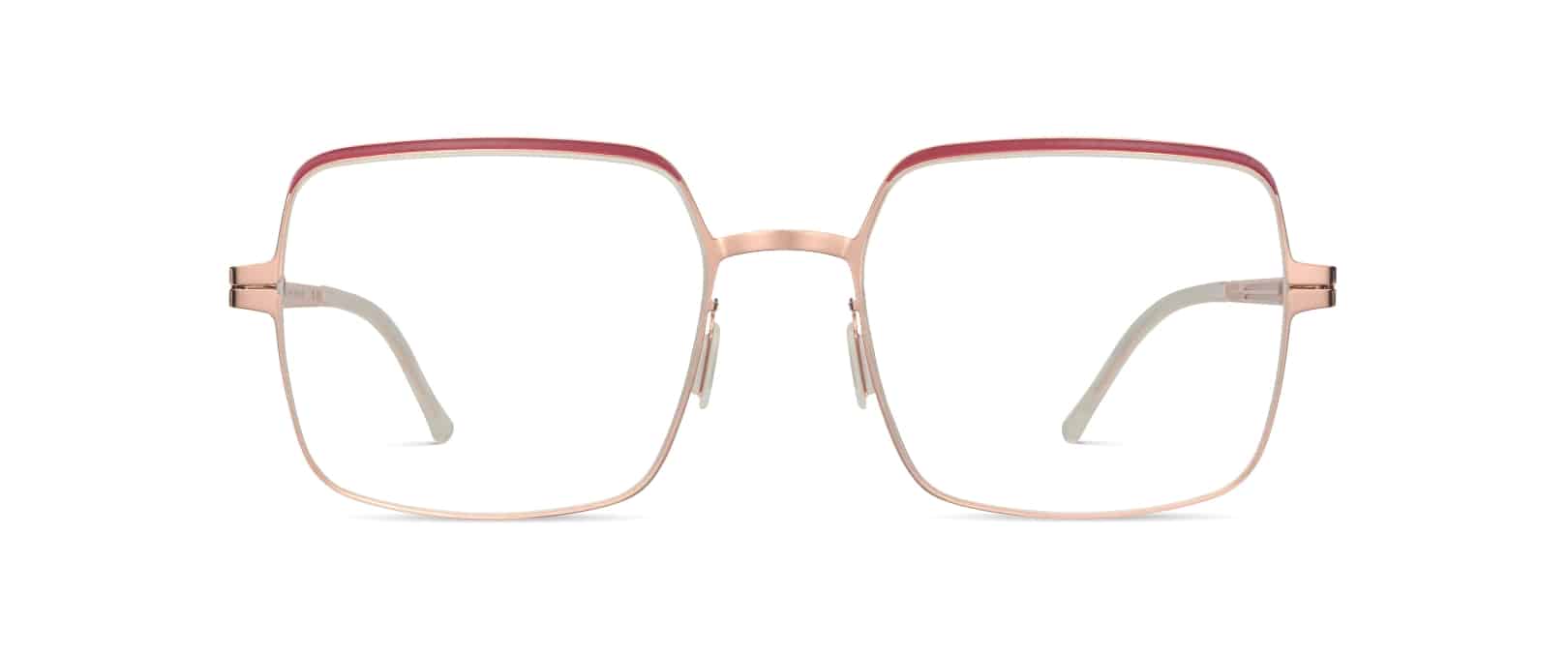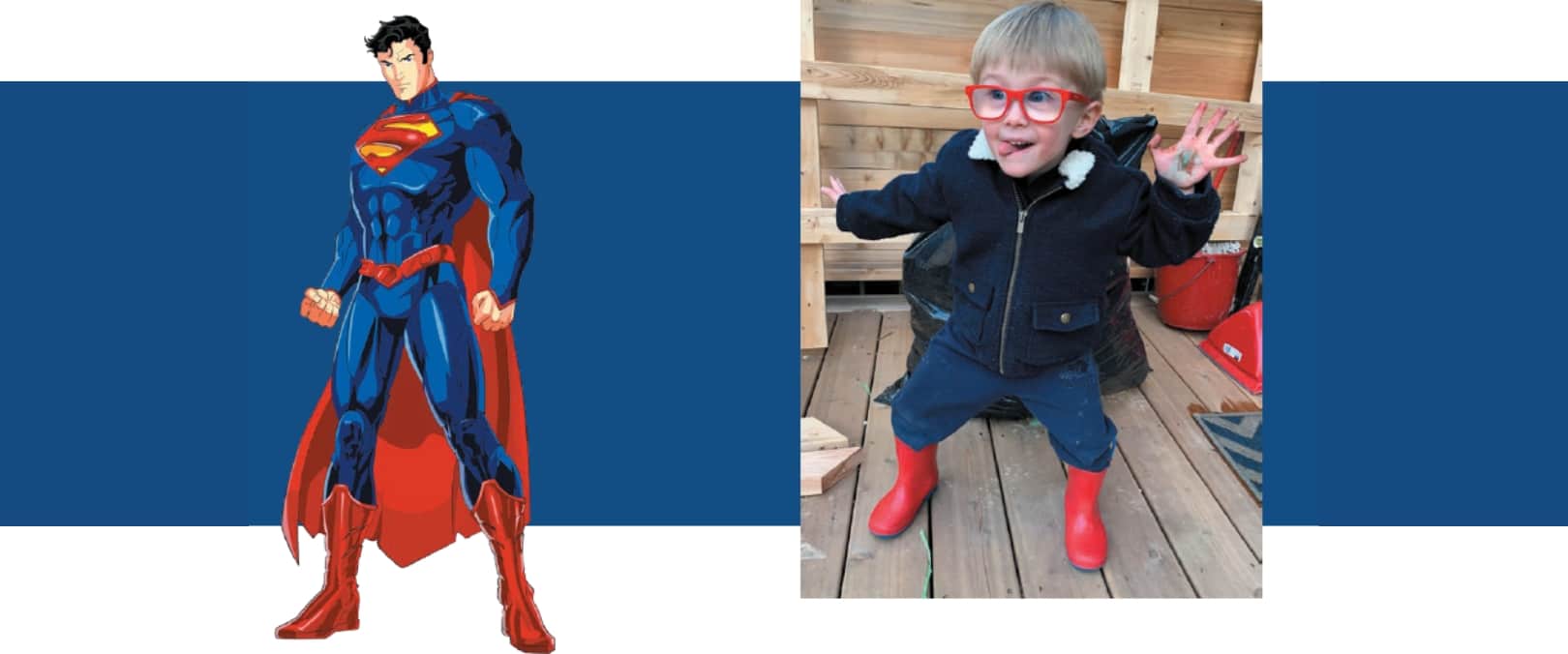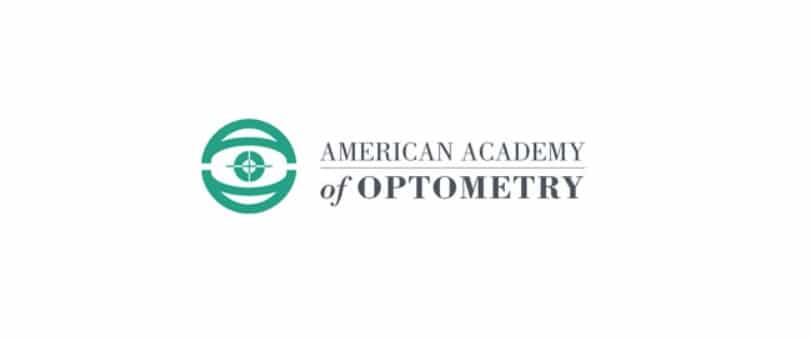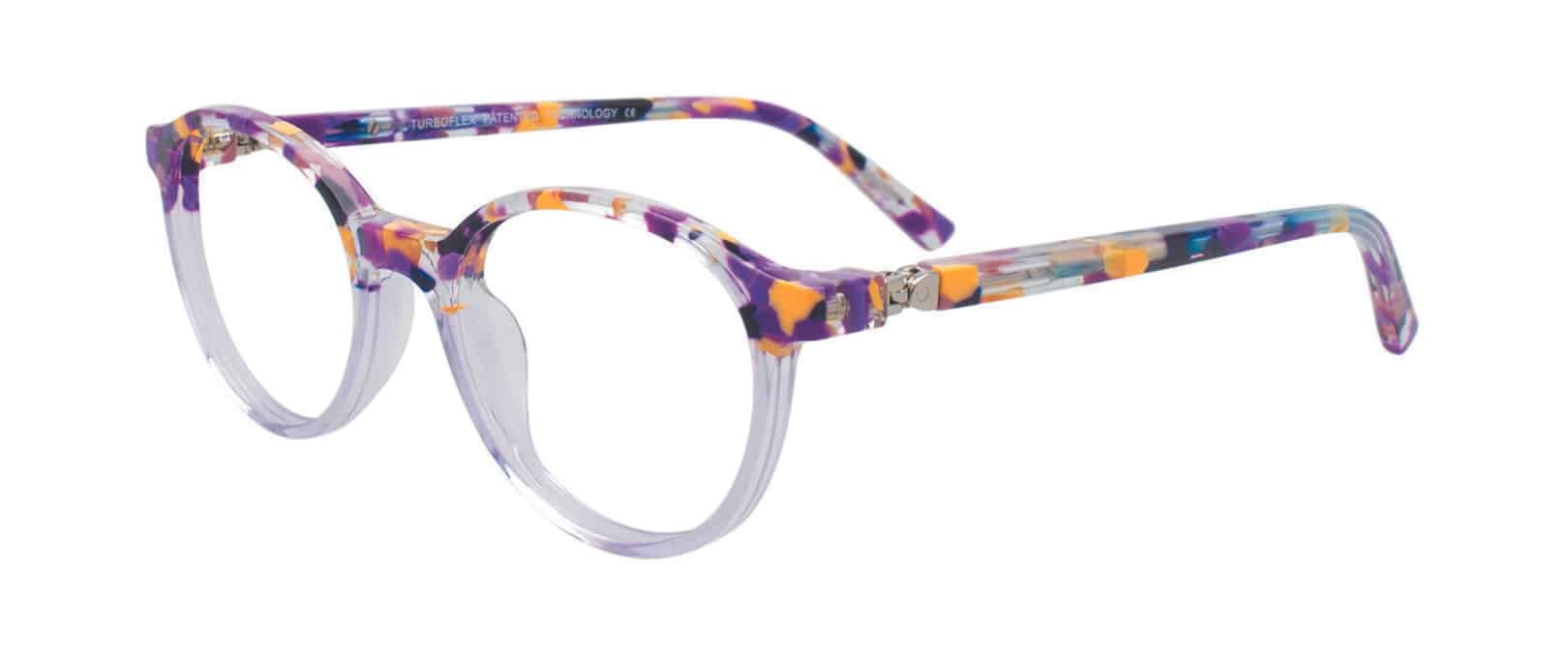A study conducted by Johnson & Johnson Vision Care has measured, for the first time ever, a coefficient of friction value on human corneal donor tissue.
The coefficient of friction is dependent on the type of buffer solution, but may not be dependent on donor age or on the time of death when measuring fresh corneal tissue, according to the study.
The study found that the coefficient of friction were 0.0134 in tear-mimicking solution, 0.0060 in tear-mimicking solution with phosphate buffer saline solution, 0.0144 in tear-mimicking solution with HEPES buffer and sodium chloride and 0.0153 in tear-like fluid with phosphate buffer saline solution.
“Now that we’ve measured the coefficient of friction value, additional investigation into the frictional behaviour of cornea tissue and its relation to contact lenses can be studied,” says Dr. Tawnya Wilson, principal research optometrist at VISTAKON®. “This knowledge will ultimately lead to the development of better contact lenses that can mimic corneal properties and that can address end-of-day comfort for our patients.”
Source:





